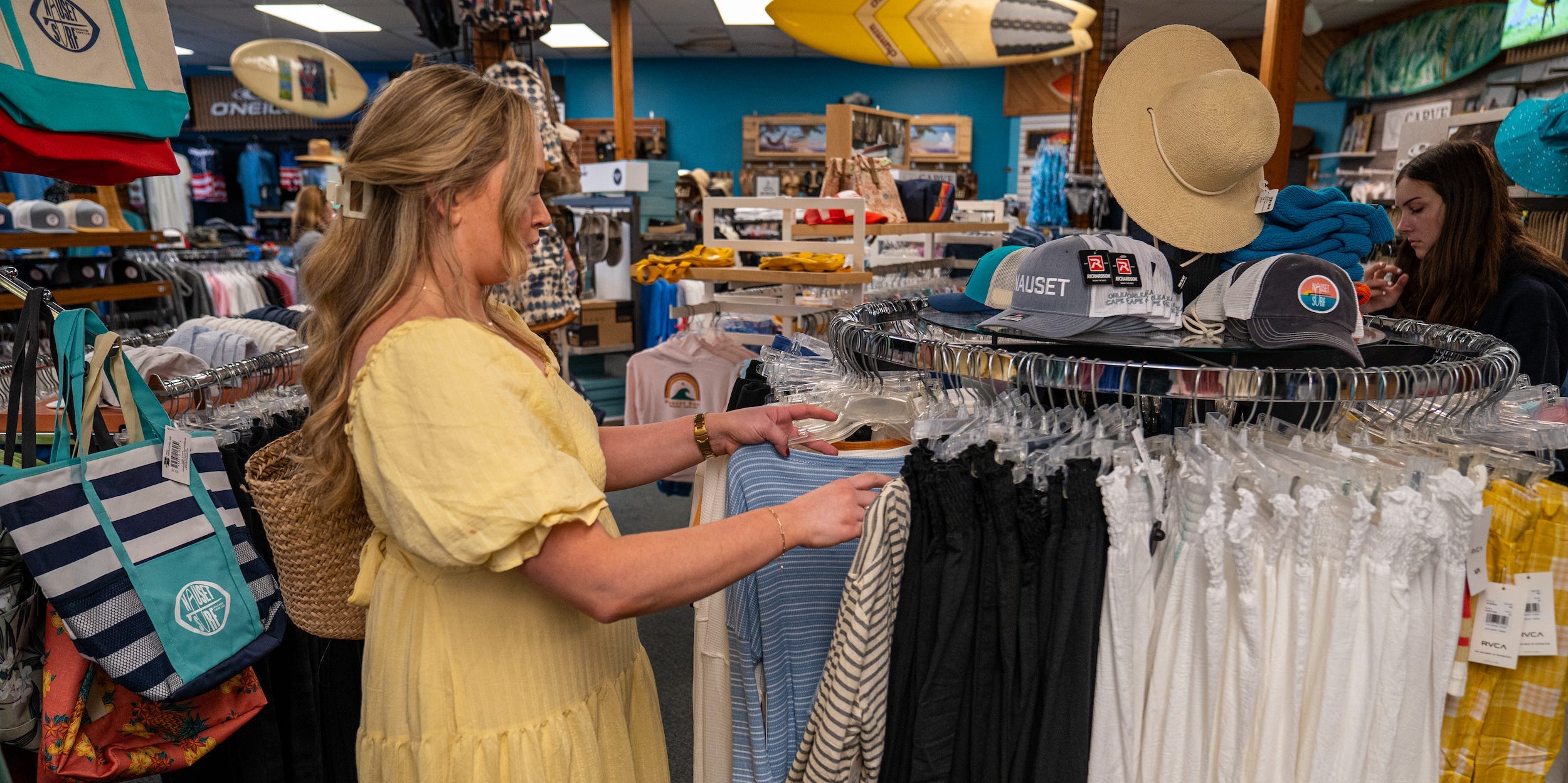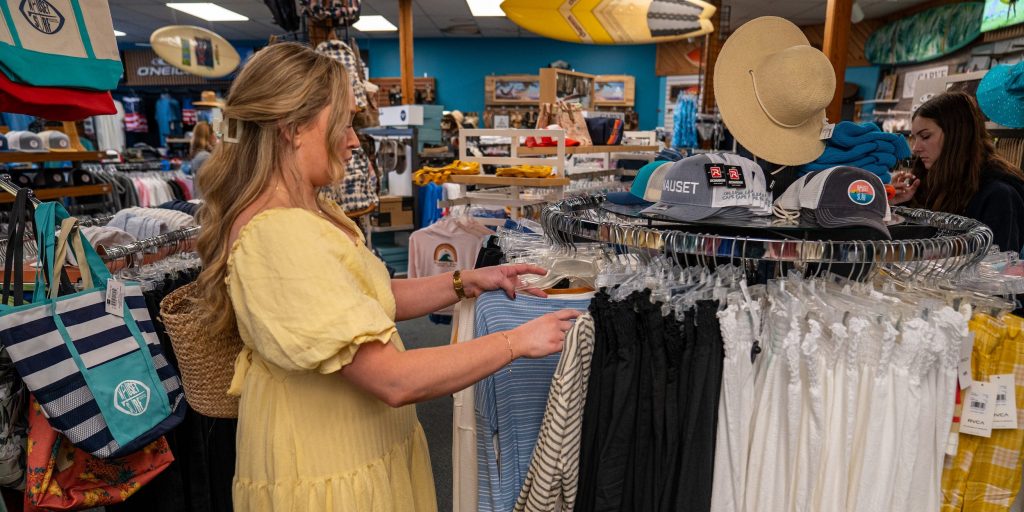
Robert Nickelsberg/Getty Images
- The first half of 2021 hints at a post-pandemic economy with permanently higher prices and pay.
- Surging inflation should cool, but prices won't return to pre-crisis levels, Fed Chair Jerome Powell said Wednesday.
- Companies are pressured to keep wages elevated as firms compete over a limited supply of workers.
- See more stories on Insider's business page.
Higher pay and prices are sticking around. But don't expect them to keep surging higher.
The economic reopening and resulting surge in spending have driven inflation to dizzying highs. Bolstered savings have run up against rampant supply shortages, leading to outsized demand and higher prices.
At the same time, the unusual labor shortage has powered extraordinary wage growth. Companies struggling to rehire have jacked up starting pay in a bid to attract workers, with the largest raises seen in sectors hit hardest by the pandemic, such as leisure and hospitality. That's resulted in the biggest jump in wages since at least 2001.
It's still not enough. The Personal Consumption Expenditures price index – among the country's most closely watched measures of inflation – rose 0.5% in June, exceeding economist forecasts and placing year-over-year price growth at its fastest pace since 2008. On a six-month annualized basis, prices are up more than 5%. That more than eclipses the multi-decade high wage growth of roughly 4.3%, essentially leaving Americans with even less purchasing power than they had previously.
The trend could hint at a new normal for Americans. The Federal Reserve – which is tasked with keeping inflation in check – has said it expects price growth to cool as supply chains heal and shortages are addressed. Yet Fed Chair Jerome Powell indicated in a Wednesday press conference that, while inflation should prove temporary, it's unlikely prices will revert to pre-pandemic levels.
"The concept of transitory is really this: It is that the increases will happen. We're not saying they will reverse," he said. "I don't mean that producers are going to take those price increases back. That's not the idea." Instead, it means prices won't continue to grow at the current pace.
Similarly, healthier pay growth is also set to stick around. Stimulus support throughout the pandemic left Americans rethinking how much their work was worth, and recent months have seen wage-hike movements emerge in historically low-paying sectors. Major employers including Amazon, McDonald's, and Chipotle all rolled out higher starting wages throughout spring. Those moves stand to raise pay at other businesses as firms compete over workers.
The trend has backing from the White House. President Joe Biden praised the wage hikes in a June speech, saying the solution to attracting workers was to simply "pay them more."
"This is the employees' bargaining chip now," he added. "[Employers] are going to have to compete and start paying hard-working people a decent wage."
Still, some experts believe the pandemic-era wage boost is unique and not the beginning of a long-term shift. The "unprecedented" pay growth seen this year "reflects a one-time re-leveling of low wages," not a permanent increase in workers' bargaining power, Gregory Daco, chief US economist at Oxford Economics said in June.
Economists at Goldman Sachs hold a similar view. Both decade-high inflation and stronger wage growth should subside in the coming months as enhanced unemployment benefits lapse and the outliers lifting inflation gauges cool, the team led by Jan Hatzius said in a note.
"Ultimately, the biggest question in the overheating debate remains whether US output and employment will rise sharply above potential in the next few years," they added. "Our answer continues to be no."

